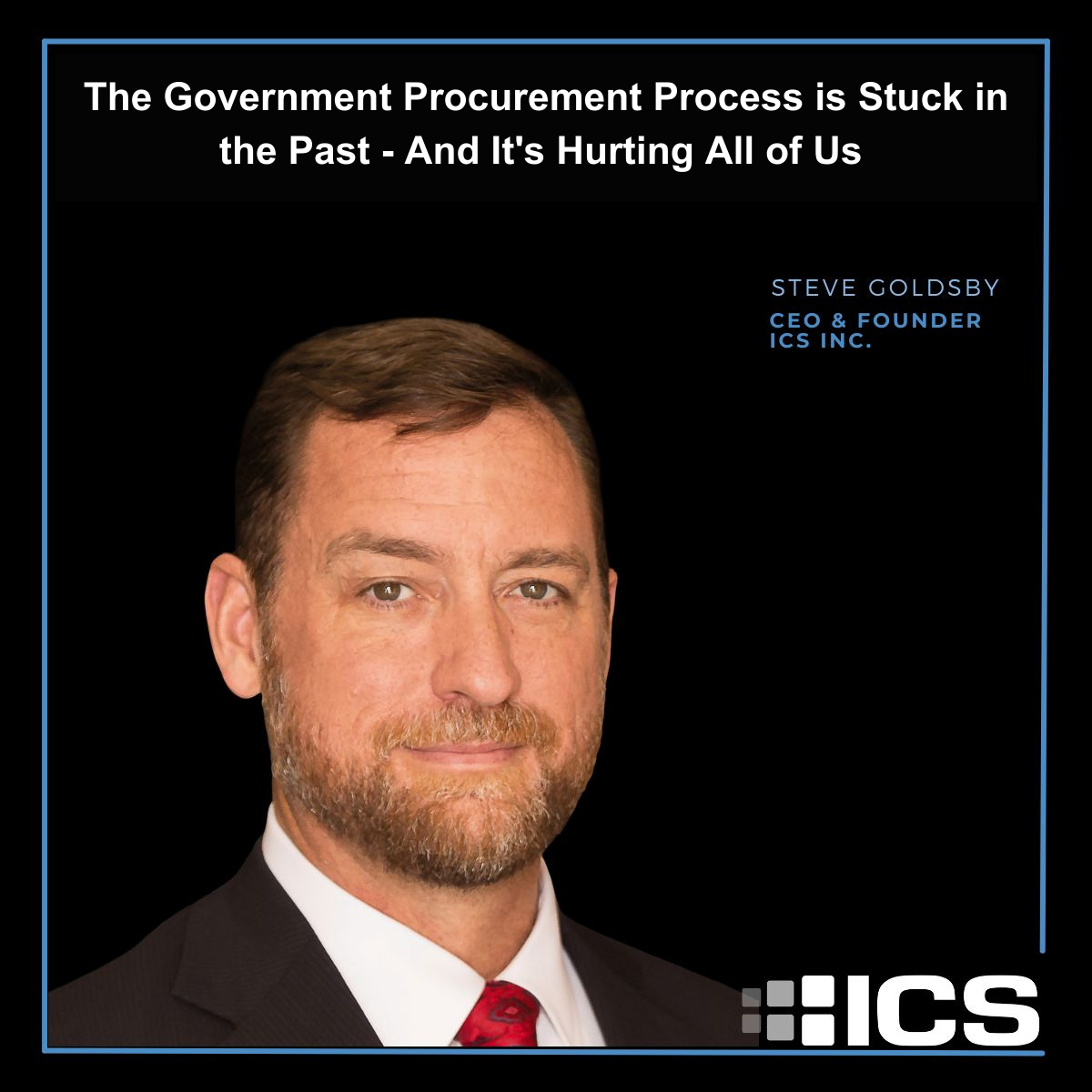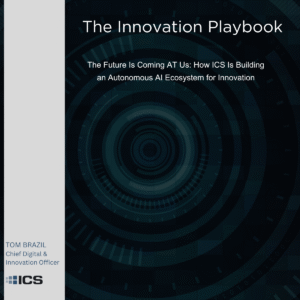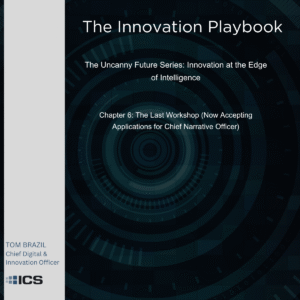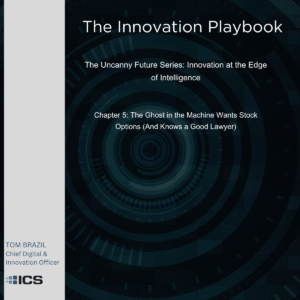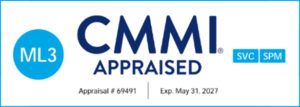In the coming weeks, we’ll be posting a series of articles derived from a whitepaper I wrote for one of our government customers. I wrote “Contracting for Excellence: Cost, Risk, and Performance” to help our government stakeholders (Program Leaders, Acquisition Executives, Contracting Officers, and others) to understand better the challenges they introduce to the industry with the current, largely broken acquisition lifecycle. It covers broad parts of the lifecycle including requirements development, engagement with industry, collaborative solutioning with industry, onerous barriers to getting to “bid” and the implications for the government and the small business DIB.
Government is critical in providing enterprise infrastructure and services to support mission partner operations. We’ve seen a Senior Acquisition Executive implement a policy that limits program offices’ engagement with industry during the pre-acquisition phase to avoid Procurement Integrity Act violations. This means limiting industry access to program stakeholders and subject matter experts (SMEs), refusing to release draft solicitations early and often, and neutering collaboration with industry in solution development.
Restricting collaborative solutioning between the government and industry partners in the critical early phases reduces insights that industry could provide into innovative technologies, innovative acquisition strategies, and program planning. As a result, the final requirements are primarily developed in an insular manner without the full benefit of industry perspectives.
Increased transparency, communication, and collaboration during the pre-acquisition phase could strengthen partnerships between the government and the DIB. There are numerous benefits from earlier industry engagement, including:
• Enhanced understanding of commercial capabilities to supplement custom solutions
• Valuable feedback on requirements crafting and technical specifications
• Assistance in conducting market research across the vendor community
• Increased competition, technology integration, and pricing optimization
• Ultimately, improved mission delivery through collaborative planning
The series will provide constructive recommendations on how government and industry could evolve engagement models to achieve better acquisition outcomes, efficiencies, and relationships. A more open, communicative approach could accelerate modernization and innovation to advance government missions.
I hope this series will start a thoughtful dialogue on how government and industry can work together even more effectively as trusted partners.


